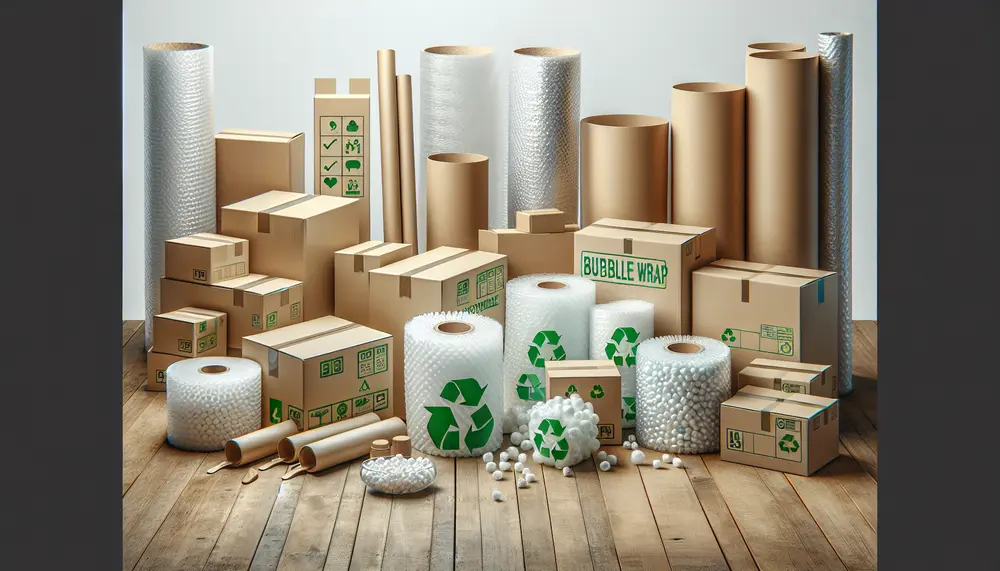Foil
Foil
Foil in Packaging
**Foil** is a thin sheet of metal, often aluminum, used in packaging. It serves multiple purposes, including protecting products from light, oxygen, and moisture. This makes it ideal for food, pharmaceuticals, and other sensitive items.
Types of Foil
There are different types of foil used in packaging. **Aluminum foil** is the most common. It is lightweight, flexible, and has excellent barrier properties. **Tin foil** is another type, but it is less common today.
Benefits of Using Foil
Foil offers many benefits in packaging. It extends the shelf life of products by keeping out air and moisture. It also provides a **high-quality** appearance, making products look more appealing. Additionally, foil is recyclable, which makes it an eco-friendly option.
Common Uses of Foil
Foil is used in various packaging applications. It is often found in **food packaging**, such as chocolate wrappers and yogurt lids. It is also used in **pharmaceutical packaging** to protect medicines. Other uses include **cosmetic packaging** and **industrial applications**.
Conclusion
Foil is a versatile and essential material in the packaging industry. Its protective qualities and aesthetic appeal make it a popular choice for many products. Understanding the different types and benefits of foil can help you make informed packaging decisions.
Blog Posts with the term: Foil

Unique packaging designs enhance gift boxes by creating memorable unboxing experiences and reflecting the giver's care. Personal touches, eco-friendly materials, and innovative design elements can elevate both personal gifts and brand identity. Creative packaging for gifts makes a strong first impression,...
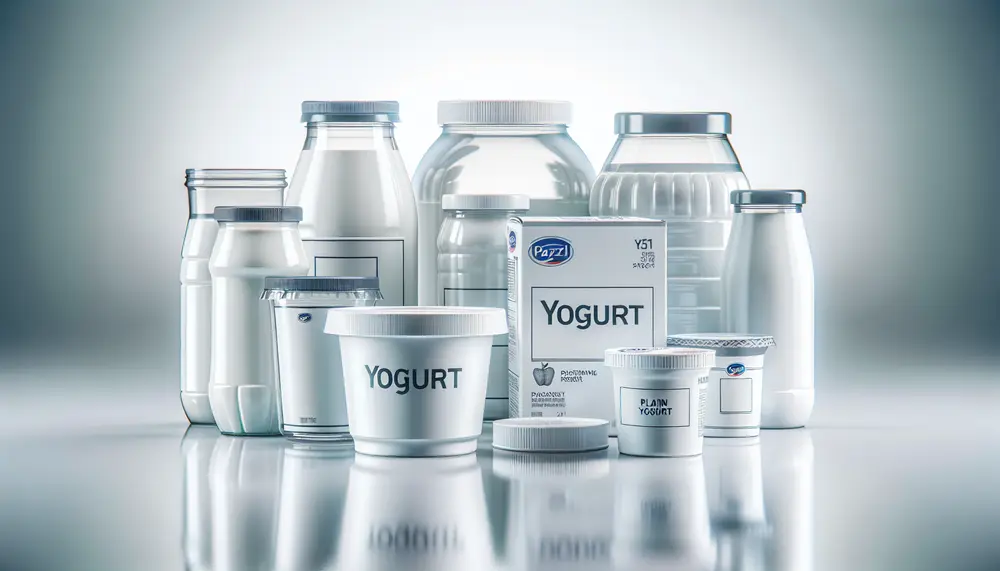
The article discusses the significance of yogurt packaging materials in preserving quality, extending shelf life, and marketing. It highlights various types of packaging like glass, plastic, composites, eco-friendly alternatives, and metal containers with their respective properties. Packaging choices for yogurt impact...
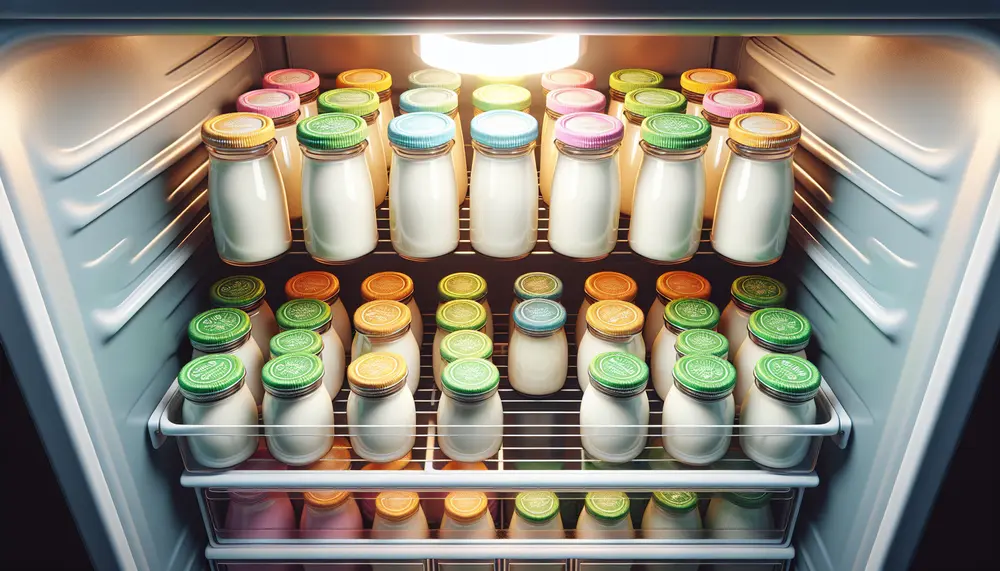
Yogurt packaging is essential for maintaining freshness, quality, and safety; it requires an effective barrier against oxygen and light, strength during transportation, regulatory compliance for food contact, and advanced sealing technology. Innovations in the market include smart features like freshness...

The packaging HS code is a ten-digit number essential for international trade, determining tariffs and ensuring compliance with regulations. It's part of the Harmonized System used globally by customs to classify products, where the first six digits are universal and...

Packaging plays a crucial role in marketing, serving as the initial contact point between consumers and brands. It not only protects the product but also communicates its story, reflects brand identity, influences purchase decisions through design and functionality, attracts attention...
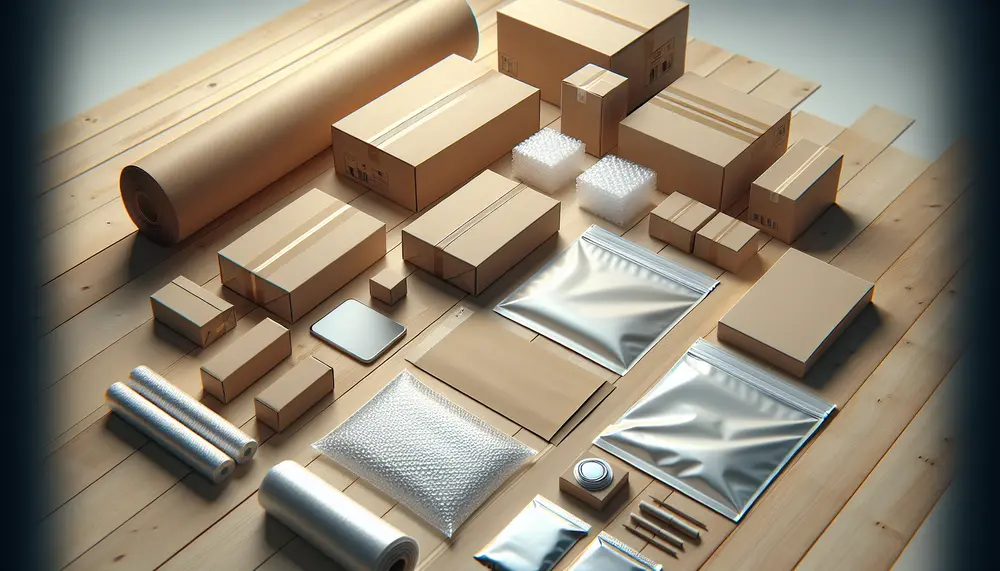
Packaging in marketing is a multifaceted tool that influences brand perception and market success, serving not only to protect products but also as a silent salesman through design elements that convey brand values. It enhances visibility, appeal, protection, communication of...

Flexible and soft packaging materials are cost-effective, protective solutions that bend to fit contents; they combine substrates like plastics for barrier protection and branding. The industry is shifting towards these lightweight, customizable options due to consumer convenience, sustainability benefits, and...
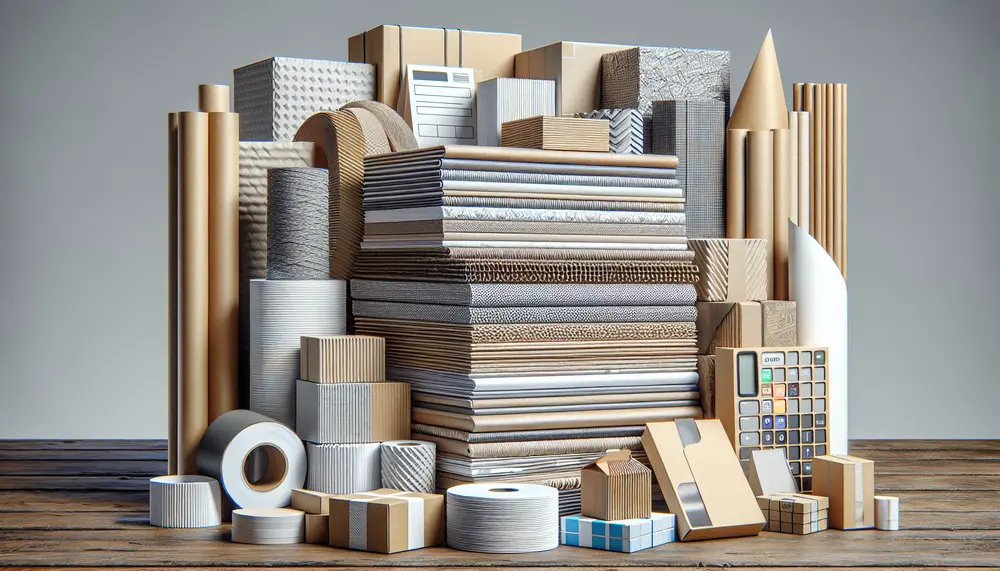
Duplex paper is a two-layered packaging material known for its printability and structural integrity, widely used across industries due to its visual appeal and sturdiness. It's also eco-friendly, being recyclable and often made from sustainable sources. Advancements in duplex paper manufacturing...

Pharmaceutical packaging for export requires strict adherence to international regulations set by global regulatory bodies like WHO, ICH, EMA, FDA, and PMDA to ensure safety and quality. Key regulations include Good Manufacturing Practice (GMP), ISO standards, serialization systems, labeling requirements,...
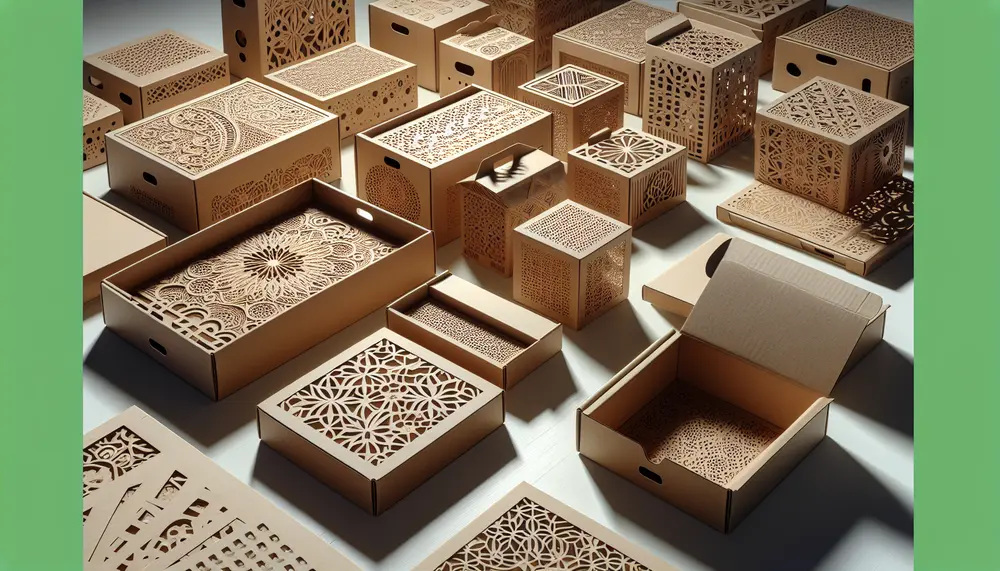
Perforation in packaging design is a critical element that enhances product breathability, user access, and maintains integrity during transport. It requires careful consideration of material properties and precise techniques to ensure functionality without compromising quality. The role of perforation extends to...
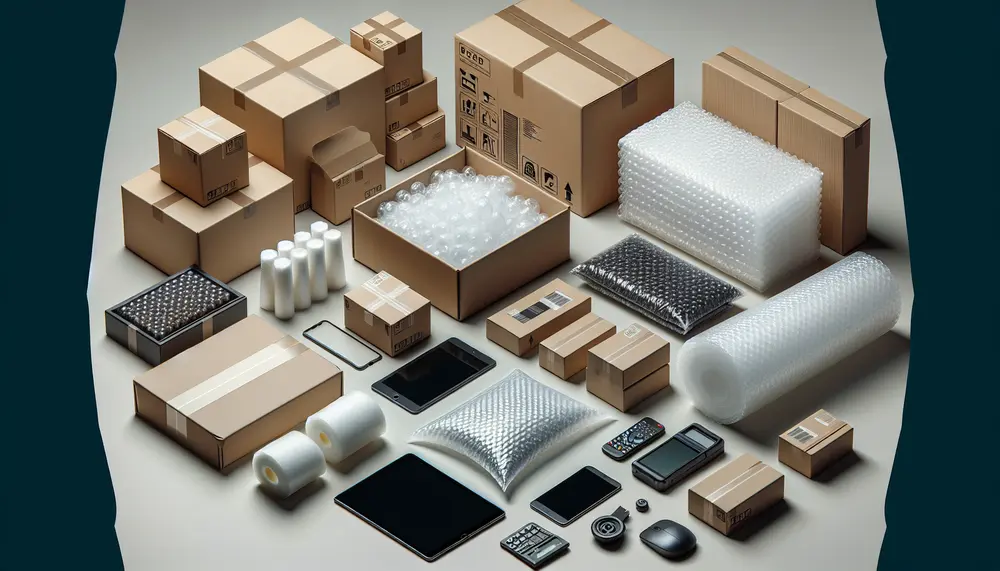
Effective electronic packaging is essential for protecting devices during transport and storage, impacting customer satisfaction and brand reputation. A guide to materials like plastic cushioning, thermoformed plastics, shielding bags, foams, and desiccants helps in selecting the right protection based on...

Heat resistant packaging materials are designed to protect contents from high temperatures during transportation or storage, with various forms for different applications and levels of protection. Innovations aim to enhance heat resilience while considering cost-effectiveness and environmental impact. Thermal stability...

Protective packaging involves materials and methods to safeguard products from damage during shipping, handling, and storage. It is crucial for maintaining product integrity, reducing costs associated with returns and replacements, ensuring compliance with regulations, protecting against environmental factors, enhancing customer...

EO sterilization is a vital low-temperature method for medical devices, requiring packaging that allows gas penetration and maintains sterility. Packaging materials like PE, PP, polystyrene, nylon, PET, and multilayer laminates are compatible with EO but must be designed to ensure...

